Replacing your car’s rims is one of the easiest ways to transform your vehicle’s entire look. But while it’s a relatively easy swap, you’re going to run into a whole host of problems if you get the wrong set.
Sure, style matters but the most important part of the process is finding the correct size. In a worst-case scenario, you won’t even be able to mount them to your car.
But even if they do bolt on, the wrong size can mean your existing tires won’t fit, can completely change your suspension geometry, require rolling your fenders, or cause damage to your car while driving.
To make things easier, this guide will walk you through everything you need to know about your car’s rims. After you read this article, you won’t only know how to read rim size, but if it’s not written anywhere, you’ll also learn how to measure the size of your car’s rims.
There are a few different reasons why it’s so important to check rim dimensions, and they all revolve around fitting your car correctly. With the wrong size rims, you might not be able to mount them to your vehicle.
Even if your rims fit, you might not have enough clearance to clear your brake calipers, suspension components, your car’s chassis, or the fenders. Either way, you’re risking serious problems.
When you order a new set of tires you’ll need the correct tire size, most of which relates to the size of your rims. If you don’t know this size, you once again risk having a bad setup, have trouble installing and keeping your tire on the rim, or they will never be able to be mounted at all.
Luckily if you know how to tell what size rims you have and how to read wheel sizes, it’s a pretty easy problem to avoid.
Depending on which part of the world you live in, you’ll see people using different measurement units when it comes to car wheels. Whether you’re installing hub centric or wheel centering rims, you’re going to want to know how the sizes are denoted.
To know every important measurement on a rim, you’d need to look at a spec list that includes stuff like hub bore, backspacing, bolt pattern, PCD (Pitch Circle Diameter), and more.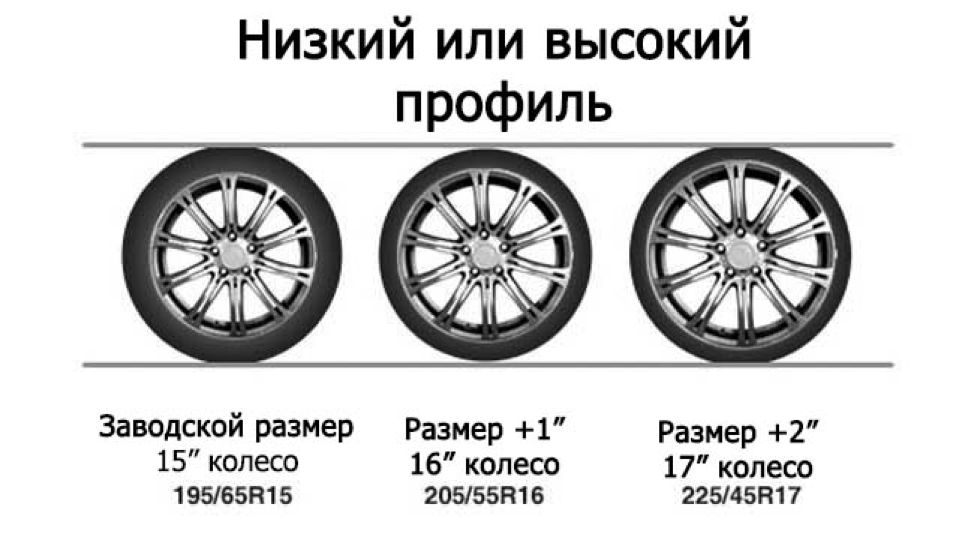
Typically, to make things easier and to save time, the bare minimum measurements such as diameter, wheel width, and offset are strung together to denote the size of your rims. Here’s how:
Diameter (inches) x Width (inches) +/- Offset (millimeters) Bolt Pattern
For example, if you’re looking at this specific set of Konig Hexaforms, the size could be written as:
15×7.5 +35 4×100 OR 15×7.5 ET35 4×100
ET, which stands for einpresstiefe, is an alternative way to denote wheel offset.
When you’re learning how to measure rim size and bolt patterns on a car, there are four main measurements that you need to take. They’re all equally important, even if they’re not all equally thought about.
We’ve highlighted each measurement below and broke down how to take it — that way, when you’re going to order your new rims, you have everything you need to get it right the first time.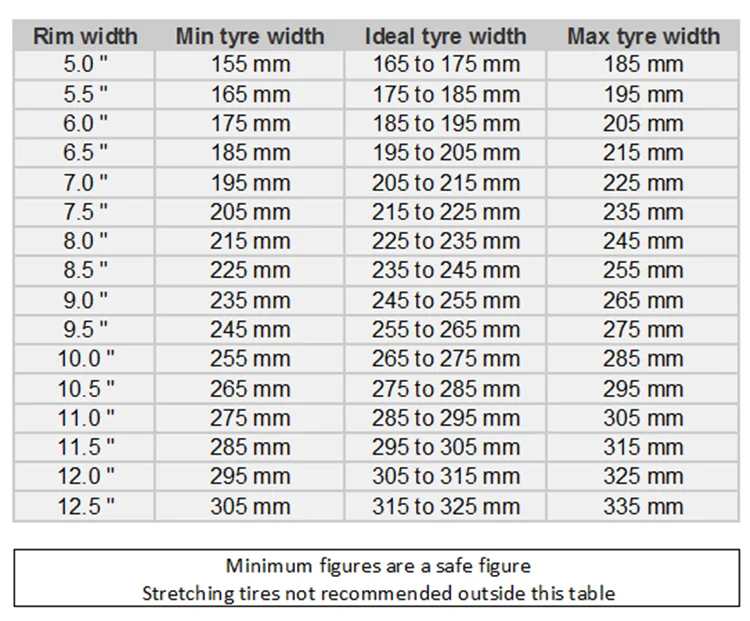
The first measurement you need to make when measuring rims is the diameter. The diameter refers to one bead seat area directly across the tire to the other bead seat area. If you cut across the front of the rim (the part you see when you mount the tire onto the vehicle), you get the diameter.
When taking diameter measurements, use inches — and always make sure that you’re directly on the other side when measuring the rim.
When you measure the rim’s width, you also want to measure from the bead seat area to the other bead seat area — except you want to measure across the side of the tire instead of the front.
Don’t confuse the bead-to-bead area with the entire width of the wheel. You’re measuring where the actual tire bead sits — which is on the inside of the rim, not the outer lip. This is the part of the rim that the tire sits on.
One of the more complicated measurements you’ll encounter is the bolt or stud pattern and spacing.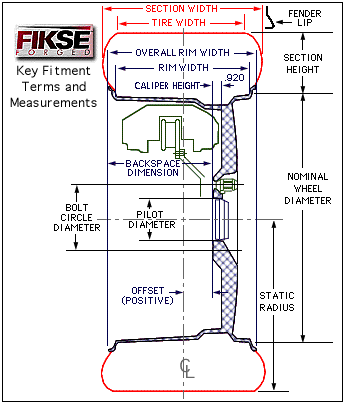 While you may be tempted to skip this step and just go by the first two measurements — it’s best to just see the job through. Otherwise, you won’t be able to mount your rims onto your vehicle.
While you may be tempted to skip this step and just go by the first two measurements — it’s best to just see the job through. Otherwise, you won’t be able to mount your rims onto your vehicle.
The first thing you need to do is count the number of bolt holes. This is the simple part, and the answer is either 4, 5, 6, or 8. Most passenger vehicles use a 5-bolt pattern.
Measuring the distance between two holes on a car wheel correctly is crucial for determining the correct Pitch Circle Diameter.From there, you need to measure the distance between the openings. For 4, 6, and 8 stud patterns, you measure from the middle of one stud to the middle of the stud directly opposite it. Take this measurement in millimeters.
For wheels with 5 holes, measure from the middle of one bolt to the end of another bolt on the opposite side. Once again, this measurement is in millimeters.
Usually, you will see this marked as:
Number of Bolt Holes x Distance to Bolt Hole on the Opposite Side
As an example, the stud pattern for Nissan 350z wheels is written: 5×114.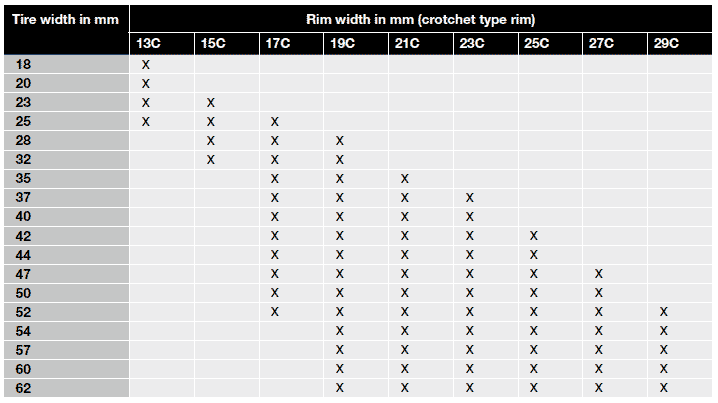 3.
3.
Be aware that in some countries, this is called a lug pattern, and the industry term is Pitch Circle Diameter or PCD for short.
A critical part of learning to measure a car’s rims is learning how to adjust for wheel offset and backspacing. Both of these are two separate measurements, but they both refer to making sure that you have enough space for your vehicle’s braking components in addition to how far out your rims sit.
For offset, you need to start with the rim’s actual width — not just the bead-to-bead width measurement. This measurement is a little easier to take because all you need to do is put one end of your tape measure on the outer lip and pull it directly across to the other side.
From there, you need to determine your rim’s backspacing. Place your rim face-down with the inner side of the rim facing up. Measure from the point where the hub mounts aka the hub mounting pad, to the topmost lip — known as the inboard flange. This is your rim’s backspacing.
This is your rim’s backspacing.
Subtract half of the width of your rim from the backspacing to determine your wheel’s offset. Keep in mind that you usually measure offset in millimeters.
By now it’s pretty clear that when it comes to determining wheel size, you can’t just take a shot in the dark. Whether you’re chasing a staggered setup or simply need replace your OEM rims that have been damaged — without the right measurements your fitment will be a nightmare.
And while you could just choose to go with the stamped sizes mentioned at the back of your rim’s hub, it won’t always specify backspacing or offset — which are equally important.
It might seem a little daunting at first, but once you’ve done it a time or two, it gets a whole lot easier.
What are your thoughts on measuring wheel sizes? Drop a comment below and tell us what worked for you, or if you have any questions about reading the size of your rims.
One of the most common questions in the automotive industry is "How do I correctly measure my wheel?". This is usually a question asked when someone is planing on upgrading wheels. Although there is many measurements that go into measuring a wheel, we will touch on the most important ones in this article.
Viewing this install and using the information shared is subject to the terms set forth here - View the LMR Install Instructions Disclaimer.
How to Measure Wheel Sizes
If you are unsure the overall size of your wheels, there are a few things to consider when attempting to measure the dimensions.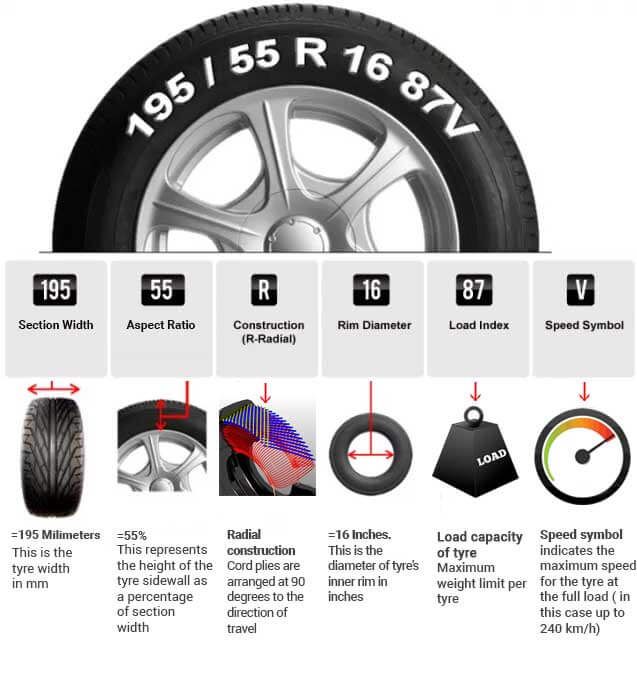 You will want to find the following:
You will want to find the following:
With the Wheel Diameter, keep in mind that there are two measurements to consider: Overall Wheel Diameter and Actual Wheel Diameter.
When measuring for the Overall diameter, you will want to measure from the outside lip to outside lip of the wheel (Shown by the Green Line in the photo below).
When measuring for the Actual Diameter, you will want to measure from the inside of the Barrel of the wheel (Shown by the Red Line in the above photo). Example: A wheel with an actual Diameter of 18” will have an overall diameter of around 19.5”.
Wheel Width
Measuring the Wheel width is similar to measuring the Diameter. You will want to measure from the Barrel Section and not to overall outside width (See Picture Below).
The offset of a wheel is the distance from the hub mounting surface to the center line of the wheel. This is an important measurement to keep an eye on when choosing your next set of Mustang wheels. The wheel offset is measured in millimeters and results in three different types of offsets.
The Three Types of Offset
The backspacing is the distance from where the hub section of the wheel contacts the hub surface of the car to the back lip of the wheel (See picture below). Backspacing is always measured in inches and is closely related to the offset so that means when you change one it immediately affects the other.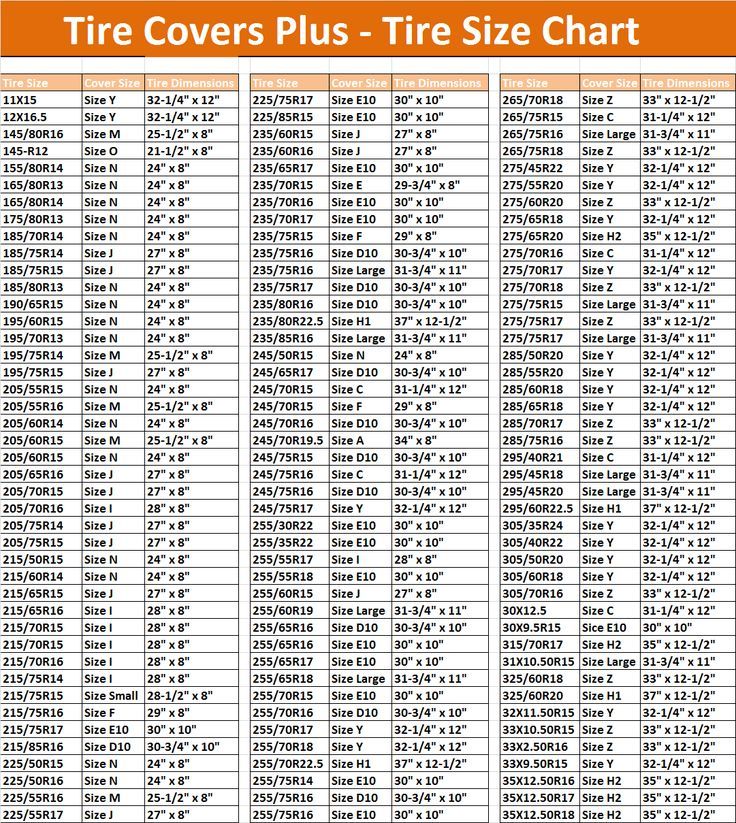
This is extremely important because it determines the clearance of the wheel in the wheel well. Also, it affects how much the wheel will stick out past the fender. You can measure a wheel’s backspacing by running a straight edge across the rim bead (without a tire) and dropping another straight edge or Tape measure/ruler down to the wheel face, measuring that distance. (See picture below)
The bolt pattern consists of two numbers and looks like this: 5×4.50. The first number in this example(5) indicates how many bolt holes or studs are on the vehicle while the other number (4.50) describes the diameter of the circle formed by those 5 holes or studs. They are listed in either inches or millimeter units (4.50 is inches). Another example: a bolt pattern of 4×100 indicates a pattern with 4 lugs on a circle with a diameter of 100mm.
Using these tools, you will be able to find the overall dimensions of the wheels you have! Many wheel manufacturers will also have the Diameter and Width Cast in the back of the wheel (example: 17x9) to make it easy to know the main size.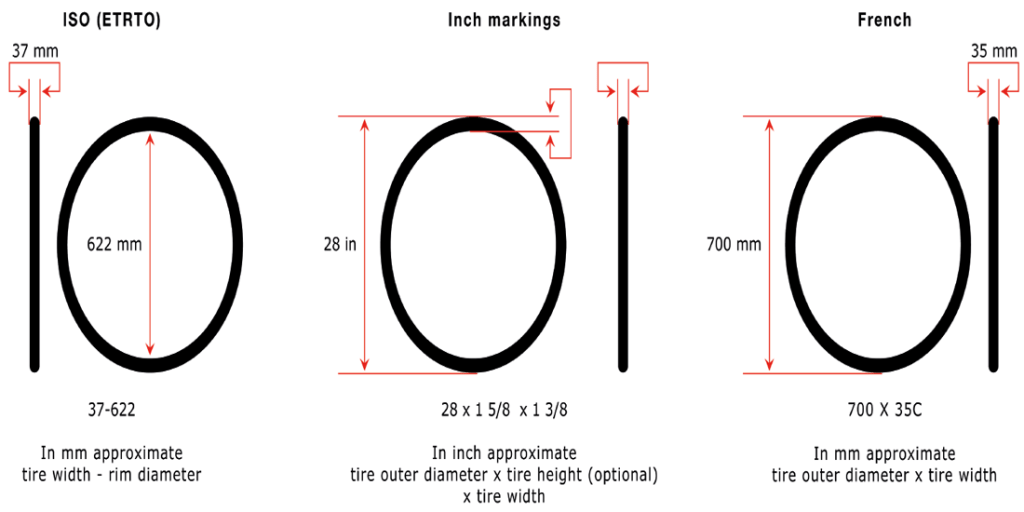
How to choose the right tires for your car? In the off-season, for many drivers, this is the most pressing issue. The necessary information about the sizes, speed and loading characteristics of tires is easy to find in the car's operating manual. Sergey Mishin, the head of the tire test group of the Za Rulem magazine, talks about how to navigate the tire markings and what threatens mistakes in choosing winter and summer tires.
Tire test group ZR answers questions
The main "metrics" of the tire are hidden in a set of numbers printed on the sidewall. Take, for example, 195/65R15.
The first (195) indicates the width of the tire profile in millimeters. The second (65), after the slash, is a series of tires. In fact, this is the height of its profile, indicated as a percentage of the width.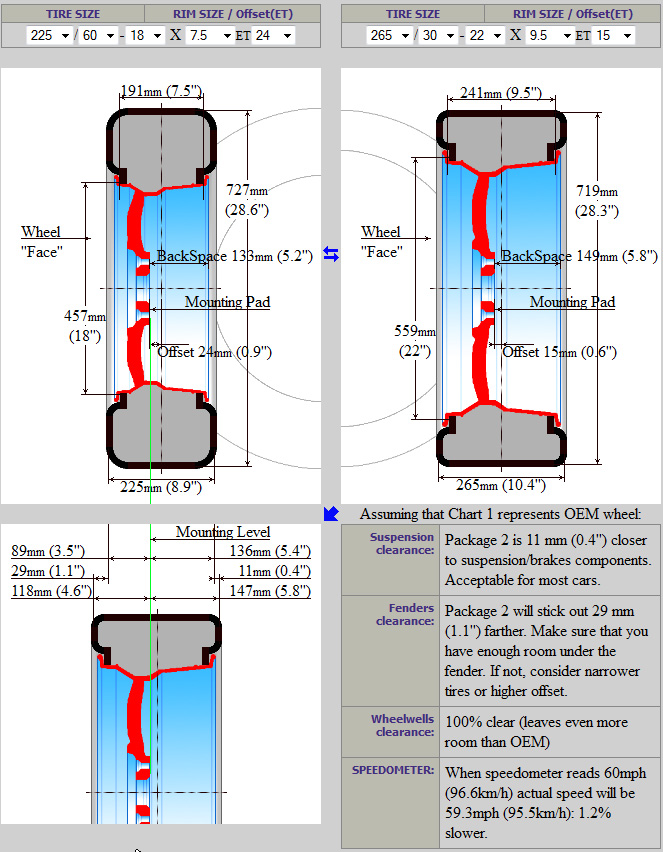 In more familiar millimeters, it will be: 195 × 0.65 \u003d 126.75.
In more familiar millimeters, it will be: 195 × 0.65 \u003d 126.75.
The letter R indicates the radial design of the tyre. And the last digit (15) indicates the landing diameter (not the radius!) of the tire in inches. Converting it to millimeters (15 × 25.4 = 381) and adding twice the height of the profile (or sidewall) in the same units (126.75 × 2 = 253.5), we get the main overall size of the tire - its outer diameter: 381 +253.5 = 634.5 mm.
The owner's manual will tell you which tires are suitable for your car. The lazy ones will find a label with allowable dimensions and recommended pressure on the end of the driver's door or the B-pillar.
If the tire diameter is less than optimal, this will lead to a decrease in ground clearance, and the use of larger diameter tires is limited by the dimensions of the wheel arches. Rubber should not touch the body or chassis elements - especially when turning the wheels left and right and driving with a load on rough roads. Any deviation from the recommended diameter also affects the speedometer readings.
Any deviation from the recommended diameter also affects the speedometer readings.
What tire labels say
Za Rulem.RF found out how readers relate to bald tires
If the car manufacturer allows you to vary the tire size within certain limits, please note that wider tires are preferable for summer: the wider the contact patch with the road, the better the tires cling to it. But the wider the tire, the greater the rolling resistance. In addition, on such tires, the car is less well controlled in small radius turns - the tread has to slip due to the fact that its opposite sides pass different paths. Another disadvantage of wide tires is a tendency to hydroplaning (loss of contact with a wet road).
The high sidewall softens bumps well, but makes the tire more pliable. When turning, it deforms and does not respond so quickly to taxiing. Therefore, from the point of view of handling and stability, a low profile tire is preferable. But it is stiffer and has less durable sidewalls.
But it is stiffer and has less durable sidewalls.
In winter, on the other hand, the specific pressure in the contact patch should be higher, which improves grip on ice and snow. So, narrower tires are preferable here.
In the marking, as a rule, there are a couple more numbers that are rarely paid attention to, for example, 91H, 95T. These are indexes of carrying capacity and maximum permissible speed. According to special tables, it is not difficult to convert them into specific values of load (in kilograms) and speed (in kilometers per hour).
Here is an example calculation for a maximum speed of 185 km/h. We increase the figure by 15%, since such an increase is possible when driving on a long descent or with a strong tailwind. 185 x 1.15 = 209,3. According to table No. 1, this number is between 190 and 210. We round it up and get the index H.
). But in no case should you exceed the speed limit of tires - they will not withstand a large centrifugal force.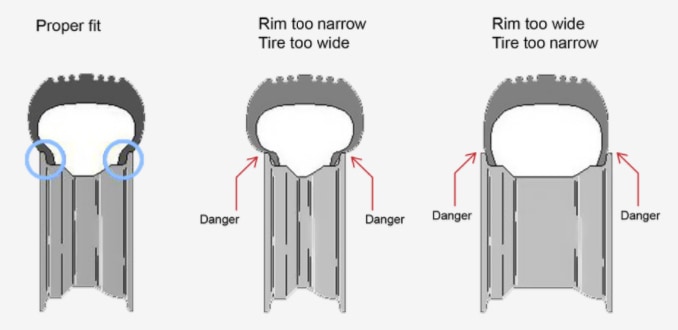
Now about the carrying capacity. The number 82, for example, indicates that the tire is capable of carrying a load of no more than 475 kg. Determine the minimum required for your vehicle based on the maximum axle load at full weight. Divide this value by two and in the tables (they are shown in the photo gallery at the bottom of the article) select the nearest value, rounding it up. Some tire and car manufacturers recommend increasing the calculated value by 20%, creating a margin.
On some tires, this set is supplemented by some more symbols.
Supertest 18 sets of winter tires: driving into winter
How drivers choose tires
XL is a pure bluff, designed to suggest that tires have increased load capacity. But the real load is determined only by the index described above.
SUV or 4×4 (depending on the manufacturer) indicate that the tires are designed for crossovers or all-terrain vehicles.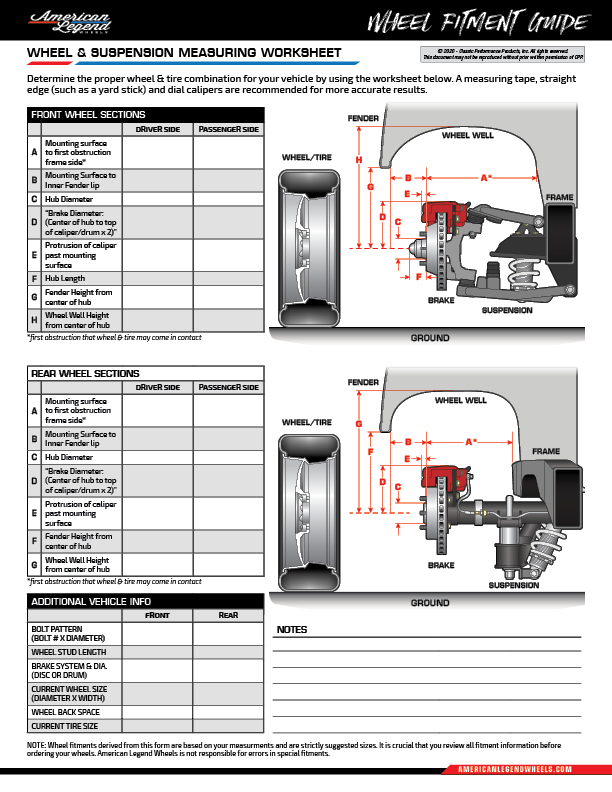 Their main features are a more powerful frame and shoulders reinforced from the inside.
Their main features are a more powerful frame and shoulders reinforced from the inside.
The letter C in the label (eg 185/75R16C) refers to light commercial vehicles (minivans and light trucks). Such tires are distinguished by a double index of load capacity (for example, 104/102Q), where the first digit indicates the load capacity of the wheel in a single-wheel version, and the second - in a two-wheel version.
Run-flat tires are able to travel some distance without losing air. They also have a distinctive marking, which is shown in the table (you will find it in the photo gallery below).
There is an opinion that on bad roads it is better to use tires with a high speed index: they are supposedly stronger. There is an element of truth here. An additional reinforcing “padding” between the belt and the carcass makes the tires a little less vulnerable to impacts. The payoff for this is increased rigidity, sometimes also noise.
In fact, tires with a higher load index are preferable in difficult conditions.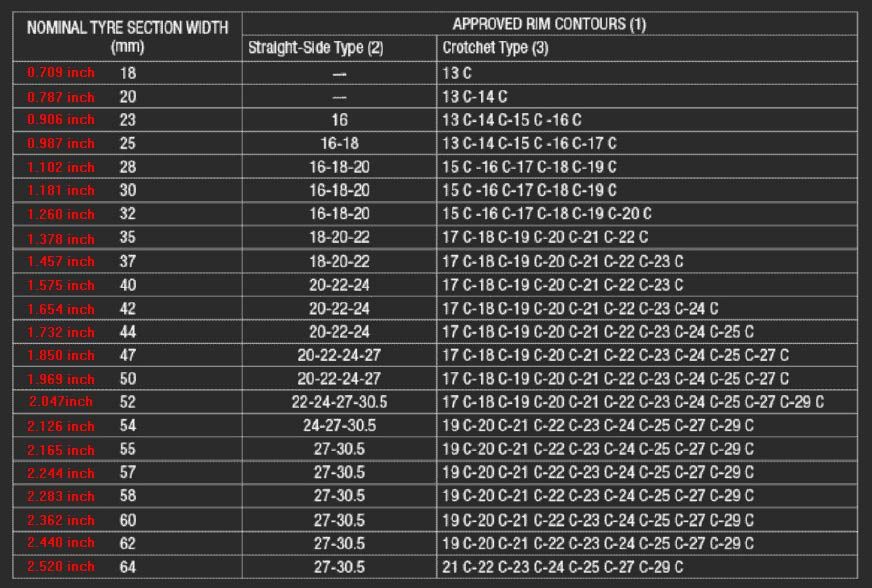 They not only have an additional substrate, but also reinforced sidewalls.
They not only have an additional substrate, but also reinforced sidewalls.
Tire size is the main parameter when assembling car wheels. Among drivers, the dimensions of tires are called - standard size. Each disc is designed for a specific tire parameter. Mismatch of factory specifications, and the tires will not fit on the disk due to the small size, or vice versa - they will be too large. What size it is and how it is indicated on the wheel, we will analyze in detail further.
All drivers paid attention to the large numbers displayed on the side of the wheel in the following order 000/00 R 00. The marking is applied in the indicated sequence. Values may vary. The affixed symbols characterize the size of the tire.
We will consider the example of tires with a size of 185/55 R 14:
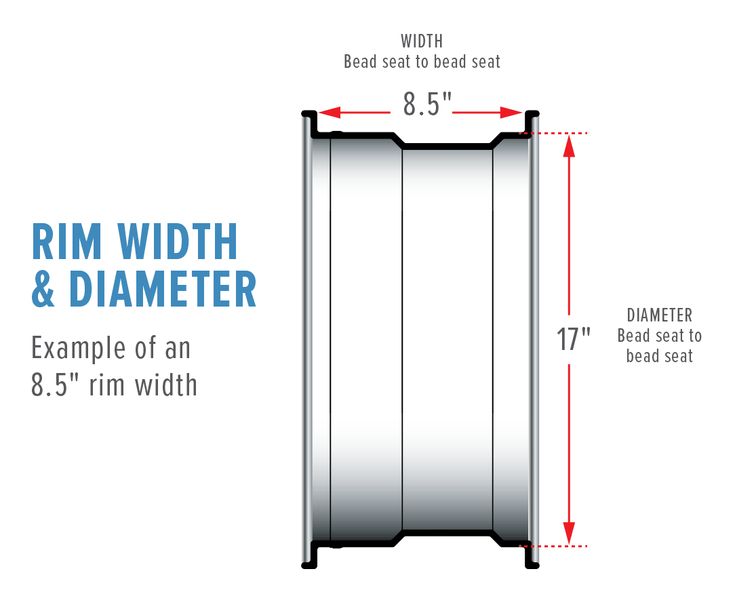
Refer to your vehicle owner's manual to find out what size tire your car manufacturer recommends. In the technical specifications / wheels / section, the manufacturer indicates 2-3 types of tires that are recommended for use when operating the machine in different seasons.
In addition, it is permissible to refer to online or offline directories, where, by the make and model of the vehicle, it is possible to inquire about the size of tires. In addition, some machines are equipped with tire size and recommended pressure plates. The Japanese prefer to inform the car owner in this way.
The performance and maneuverability of the machine depend on the final choice of tires. Even if the tire is seated in the rim seat, this is not a sign of correct selection. Let's analyze the influence of each tire parameter on driving performance:
The main question in disputes between car owners - how does the width of the profile affect performance? Someone argues that the wider the rubber, the better. Others, on the contrary, prefer narrow wheels. The truth is in the middle. In this case, it is worth considering the fact that for different operating conditions an optimal tire size is required.
As noted above, the width of the profile is directly related to the tread. The higher this value in mm, the larger the area of the contact patch. And this affects such characteristics as: directional stability, handling, fuel consumption, braking distance and the degree of aquaplaning.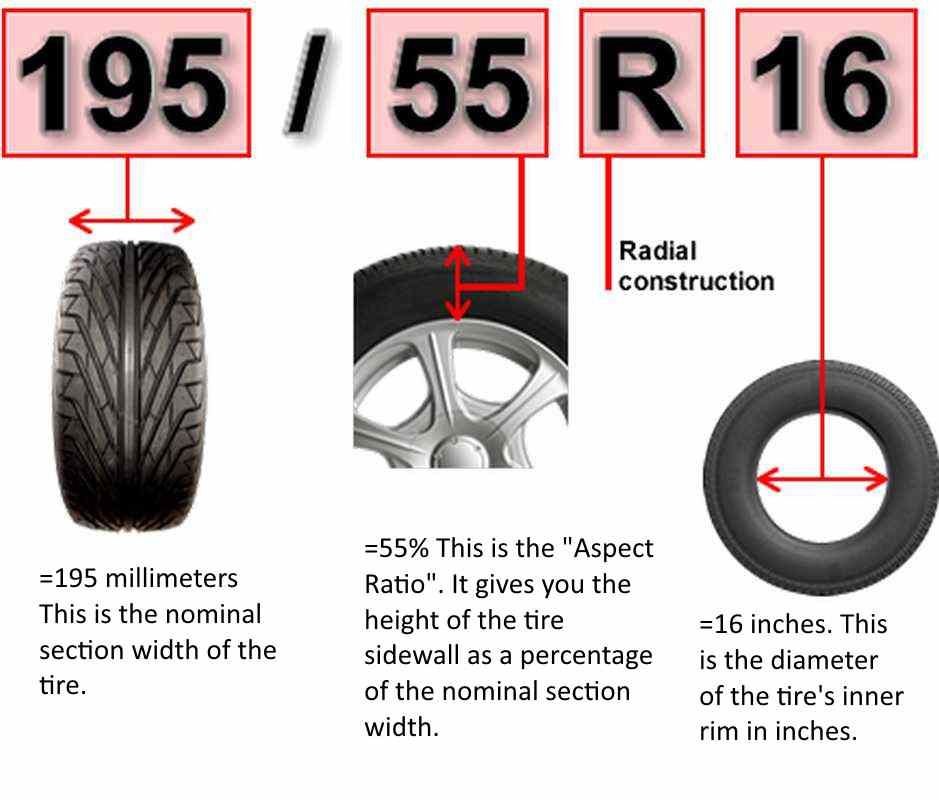
If you operate a car with a volume of up to 2.0 liters in the city, then it is better to choose medium or narrow tires. The fact is that wide tires will be useless on city streets. And in the case of equipping a car with a powerful power plant and regular trips along the highway, it is recommended to choose tires with a wider profile, but listening to the recommendations of automakers.
The height of the tire profile has become the subject of tuning sports and youth cars in recent years. A lot of motorists are swapping factory rims for more attractive larger diameter wheels, completing the new thing with low profile tires. At the same time, many do not realize that in addition to the appearance, the technical characteristics of the car are changing: handling, maneuverability, fuel consumption, etc.
In addition, the height of the profile affects the rigidity and comfort of movement, suspension performance and protection of discs from damage. The low profile is good at speed and cornering. But its characteristics noticeably melt off-road, where soft and high rubber is more practical. It increases ground clearance, protects the discs and hard contact suspension. Therefore, when choosing the height of the tire profile, you should be guided by the conditions of the landscape.
The outer radius of the wheel, makes a noticeable change in the character of the car. For example, by installing tires with a low profile, the car will accelerate faster. However, the distance traveled on the speedometer will be longer than operating the car on a high profile. The fact is that at the same crankshaft speed, the rotation of the wheels will be different, since the circumference of the tires can have a different distance, and as a result, an unequal area (2 * pi * R). That is, for one complete revolution of the wheel, the distance traveled will be different. The smaller the radius of the wheel, the greater the mileage.